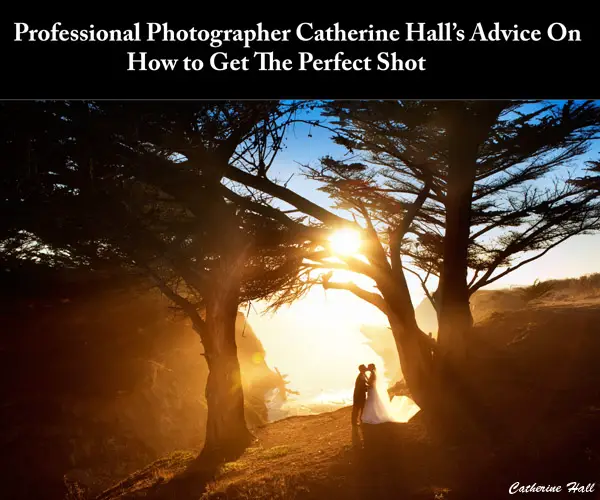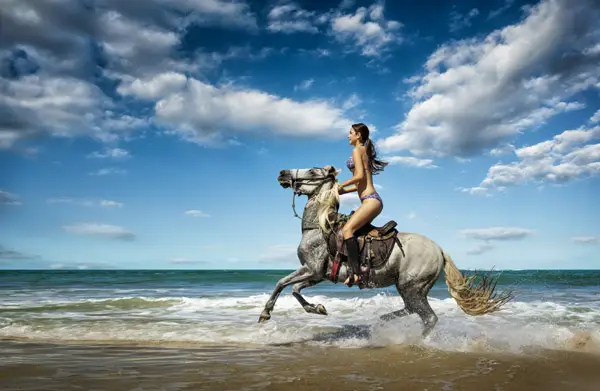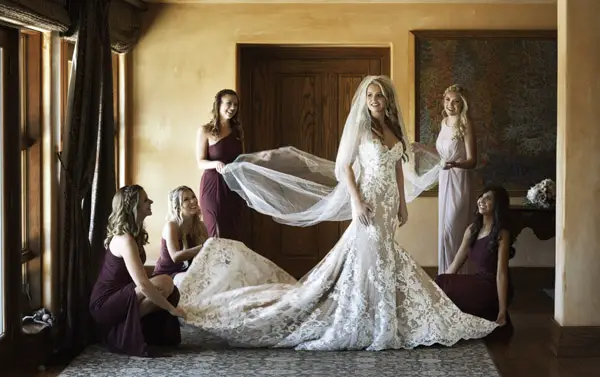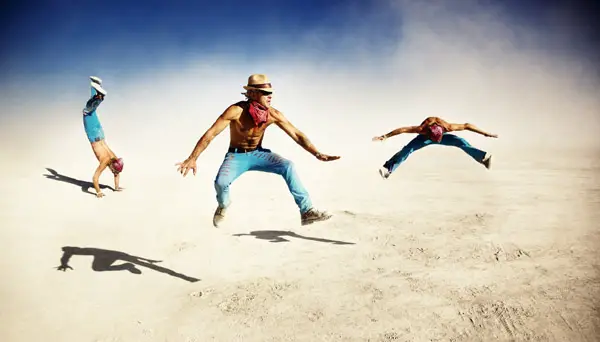In this article, Catherine Hall tells us about what inspired her into photography, and gives us tips and tricks of the industry offering some advice to fellow photographers.

What influenced you to photograph people?
Over the years, I’ve tried many different types of photography, and at the beginning of my career all I knew was that I loved shooting but was unsure of which genre I enjoyed the most. I delved into everything from architectural shots to landscapes, but nothing really resonated with me; the shots were good, but there was nothing spectacular about any of them.

One day, I went to Monument Valley with my mom and this for me, was a life changing moment. We were watching the sunrise there, which was a whole experience in itself, driving out to the middle of the desert at four in the morning. This was at a time when I was using a medium format camera, and therefore only had 12 frames per roll, I was desperately trying to catch the sunrise, exchanging all the rolls, changing lenses, trying different filters, and everything in between. Once the sunrise was over, my mom looked over at me and said: “Wow that was sensational”, and even compared it to seeing the Sistine Chapel! It was at this very moment that I realized I had not seen the sunrise. I was so absorbed with trying to capture it, that I didn’t experience it for myself. This was when I knew that this wasn’t the right type of photography for me, and I wanted to do something where it would make me experience life in a more present manner.
That is the great thing about photographing people! In essence, it gives me a license to interact with people in a way that I wouldn’t normally. It therefore enriches my life, my presentness and my creation of art, instead of pulling me away from it. I fell in love with the connection, and the fact I create products that make people happy, showing them in their best light and experiencing life through my lens by learning and documenting people and humankind.
How do you guarantee accurate colors are represented in your photography?
With the photography that I do, environments are constantly changing, therefore I don’t do a lot at the capture stage. I typically use auto white balance, because when I’m in an environment with inconsistent lighting (such as a wedding) I don’t have the luxury of time to be able to pull out the correct cards and mess with my white balance. Therefore, I tend to focus on capturing the essence of what is going on around me, and perfect the color in my post shoot process, utilizing programs such as Lightroom and Photoshop.
This is why it is super important for me to have my monitor calibrated. I use Datacolors SpyderX, to calibrate my screen and know that it is portraying accurate color to a global standard. I also use Epson printers and create custom profiles, so as long as my monitors and printers are calibrated, and I use the correct profiles, I’m able to effortlessly be rewarded by the accurate representation of color in my photography.
Another great tip is to make sure that your studio or office environment is conducive to good color. I painted my walls in the office a soft grey in order to keep them neutral and not interfere with the color on my monitors. Speaking of monitors, having great ones is absolutely crucial, such as my BenQ monitor, which is just as important as nailing down accurate color, and has a huge impact on my personal workflow.
If you had to give three top tips about your workflow process, what would they be?
-
As mentioned above, the first and most important aspect of my workflow would be accurate color. I spend countless hours capturing and retouching images to create art. If I don’t nail the color than all that time invested is fruitless. Accurate color is essential to illustrating my vision and delivering a professional product I am proud of. And nothing shines more than an Epson Fine Art Print with perfect color!
-
Secondly, thinking about your overall workflow before you even take the photograph! You need to put in effort to create an environment for a successful shoot, such as timings, light and having the whole team in place. For example, if you are having an engagement session, you will need to work with the client and the wardrobe to ensure they have enough time to get their hair and make-up done professionally, etc. This will enable you to make sure you have ample time during the photoshoot session and that you are able to utilize locations that are conducive to good imagery and good lighting.
-
Lastly, learning when to do things yourself, and when it is important to outsource has been very important to my workflow. A prime example is when a client orders in an album or a print, I retouch it on my own from the raw file all the way through. However, when it comes to doing the proofs, there are around 800 images from a wedding, I would send those to a raw processor, I think that’s very important. Previously, I used to do the raw processing myself in order to create the jpeg proofs for the client, but it was extremely time consuming and took me away from the final product. Instead of spending time on images that they may not order, I would much rather spend time retouching and perfecting images, as that is their final product.

May 19, 2018
Photographer – Catherine Hall, Catherine Hall Studios
How do you ensure accurate color in your photography when presenting to clients?
This process starts by having a good monitor, such as the BenQ as mentioned above. As well as having the correct tools to calibrate my monitor, such as SpyderX Pro to make sure the colors on my monitor represent my photographs in a way that is true to my vision and as close to real as possible. I understand they may be looking at the photos on their uncalibrated monitor, but at least I know that if mine is calibrated the picture won’t be grossly off.
And finally, when it comes to printing, I don’t have to print many proofs, as the color is spot on, making the process quicker, easier and accurate.
What would be your final piece of advice to fellow photographers to get the perfect shot?
If you’re a new photographer, just start off with a basic kit. It can be overwhelming having too many things going on at once, and it makes it difficult to work on your skills of directing and utilizing lights. As you learn more about the genre of photography you enjoy shooting, you will know what equipment will help you perfect your shot.

Day 3
To find out more about Catherine Hall and her photography, visit: https://www.datacolor.com/photography-design/blog-photography-design/catherine-hall-trusting-artistic-vision/
To learn how to photograph weddings with available and natural light, click this link.









1 comment